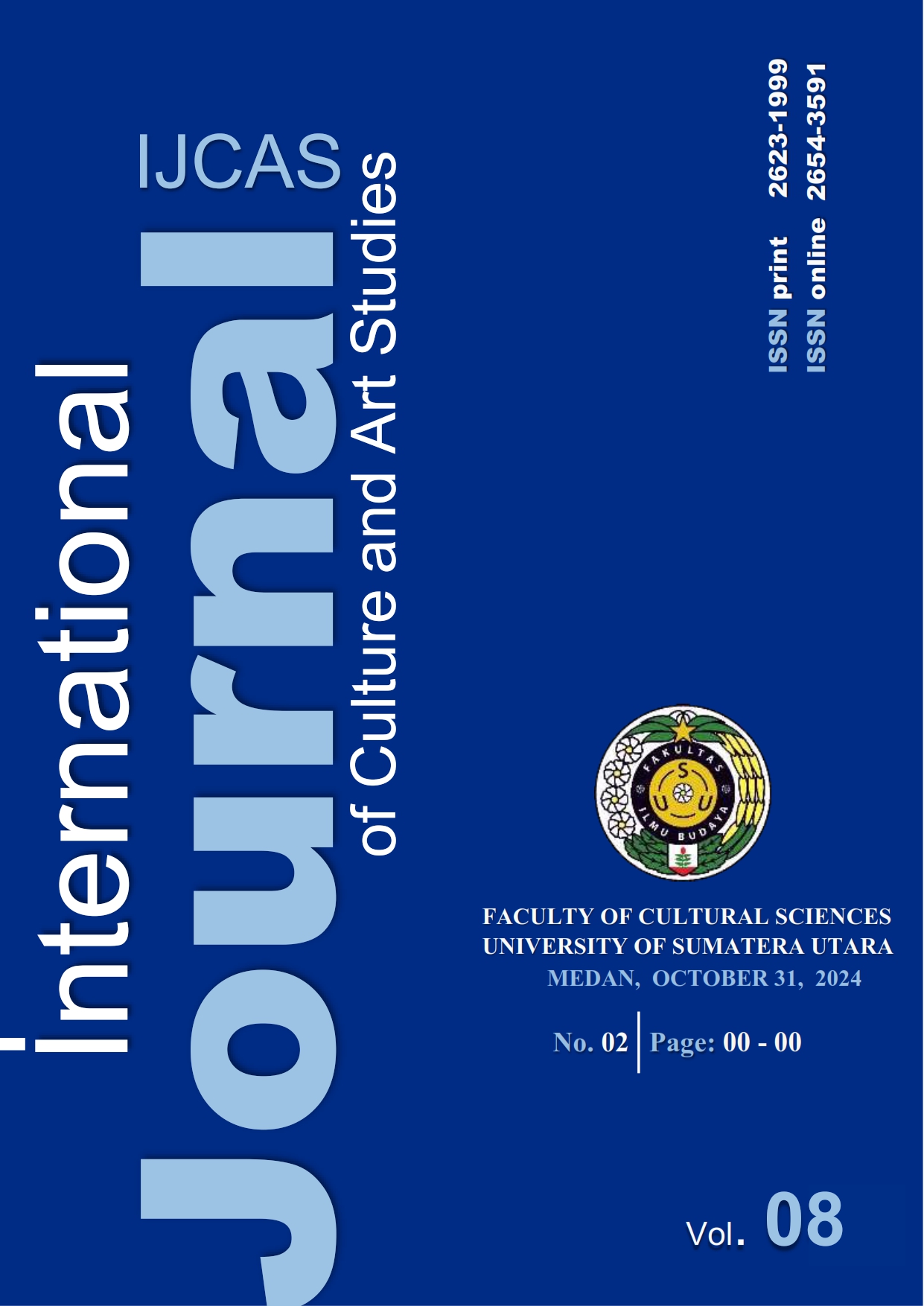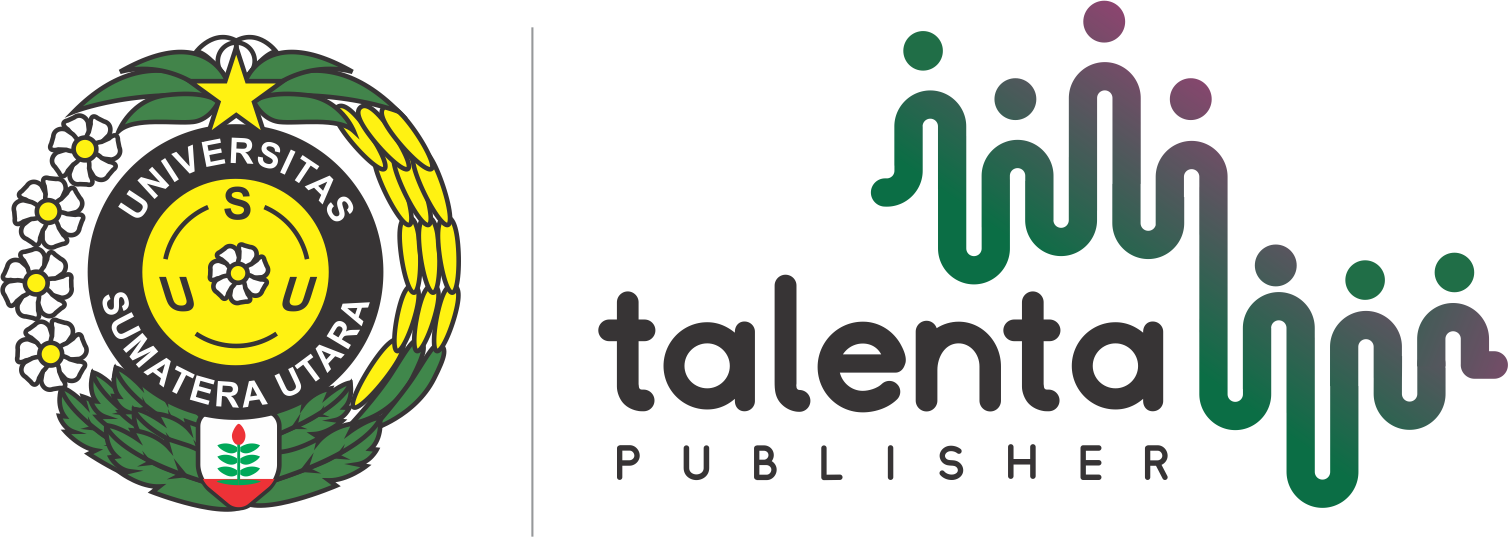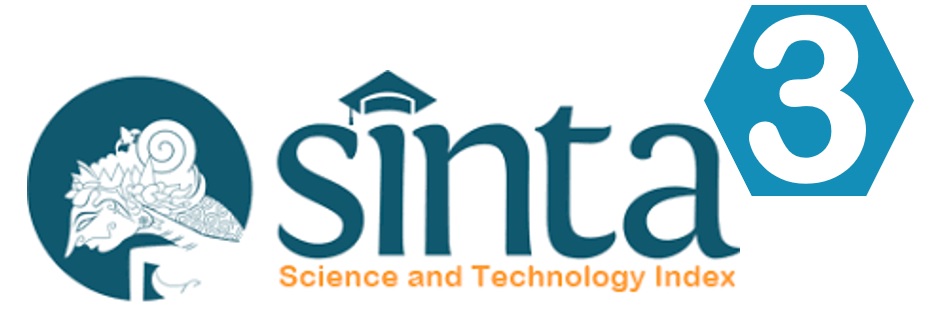Organological Study of Canang Kayu in Aceh Singkil
DOI:
https://doi.org/10.32734/ijcas.v8i2.16747Keywords:
Canang kayu, Aceh Singkil, Playing techniqueAbstract
This study aimed to describe the organological aspects of making and playing the Canang kayu (wooden canang) instrument. Canang kayu is one of the local musical instruments from Aceh Singkil Regency. It is included as a percussion instrument and classified as an idiophone (a solid musical instrument whose sound comes from the instrument itself). This musical instrument is a form of xylophone (a percussion instrument consisting of a series of wooden blocks placed horizontally and struck with a unique beater). A qualitative method was applied in this study. Data were collected through observation participation, literature studies, and interviews with the Canang kayu makers, Canang kayu players, and staff in Majelis Adat Aceh Singkil (Aceh Singkil Traditional Council). The data source was pictures of Canang kayu and interview recordings with informants. The result of the study showed that the primary raw materials for canning kayu are bamboo and tree wood/Terentang putih tree (local people also call it cupping wood). Terentang putih tree (Campnosperma auriculatum) is a type of tree that grows in swamps. This tree can be found near Aceh Singkil forest. It is pretty difficult to find at present. The material for making Canang kayu should consider the size, tool used, raw material, and the making process. For playing technique, Canang kayu can be played by placing it on feet or a container. The Canang kayu instrument has a strong relationship with maintaining its material and local knowledge of making concepts that seize the cultural values of the Aceh Singkil people. It can be concluded that the making and playing technique is an effort to preserve one of Aceh Singkil's cultural heritages toward the identity and important insights in enriching knowledge about Canang kayu as an Aceh Singkil traditional art.
Downloads
References
Alfadla, T. Z., Syai, A., & Ramdiana. (2021). Canang Kayu Dalam Tari Dampeng. Jurnal Ilmiah Mahasiswa Program Studi Pendidkan Seni Drama, Tari Dan Musik, 6(3), 159–170.
Andriany, L., Lubis, T., Amalia, Abus, A. F., & Delima. (2022). Shaping ethnobotanical tourism on the coastal landscape through Halobanese oral traditions at Banyak Island. IOP Conference Series: Earth and Environmental Science, 1115(1), 012103. https://doi.org/10.1088/1755-1315/1115/1/012103
Banoe, P. (2003). Kamus Musik. Kanisius.
Daulay, E., & Lubis, T. (2022). The Revitalization of Mandi Marpangir Tradition in Matondang Village, Padang Lawas Regency. Tradition and Modernity of Humanity, 2(3), 43–49. https://doi.org/10.32734/tmh.v2i3.10149
Hamdani, Syai, A., & Ismawan. (2020). Canang Kayu di Kabupaten Aceh Singkil. Jurnal Ilmiah Mahasiswa Program Studi Pendidikan Seni Drama, Tari Dan Musik, 5(1), 32–49.
Koentjaraningrat. (1993). Metode Penelitian Masyarakat. PT Gramedia Pustaka Utama.
Lubis, M. A. Z., & Lubis, T. (2024). Sound Change of Batahan Language as Malay Dialect in Mandailing Natal Regency. Tradition and Modernity of Humanity, 4(2), 36–43.
Lubis, T. (2019a). Learning Nandong in schools as a medium to inform the Simeuluenese local wisdom: An anthropolinguistics approach. Studies in English Language and Education, 6(2), 262–272.
Lubis, T. (2019b). Tradisi Lisan Nandong Simeulue: Pendekatan Antropolinguistik. Universitas Sumatera Utara.
Lubis, T., & Abus, A. F. (2020). Revitalisasi Tradisi Lisan Melayu dalam Mempertahankan Eksistensi Kebahasaan: Pendekatan Antropolinguistik. Seminar Nasional Bahasa Dan Sepeda Bangsa.
Moleong, L. J. (2005). Metodologi Penelitian Kualitatif. PT. Remaja Rosdakarya.
Nettl, B. (1964). Theory and Method in Ethnomusicology. Free Press of Glencoe.
Shaumiwaty, S., Lubis, M. A., Lubis, T., Dardanila, Purba, A., Nasution, T., Ramlan, & Hasrul, S. (2020). Teacher performance toward students’ mathematical literacy in teaching linear program mathematical models. Journal of Physics: Conference Series, 1663, 012066. https://doi.org/10.1088/1742-6596/1663/1/012066
Spradley, J. (1980). Participant Observation. Harcourt Brace Jovanovich College Publishers.
Spradley, James. (1979). The Ethnographic Interview. Rinehart and Winston.
Tausya, R. S., & Lubis, T. (2023). Performance Participation of Peucicap in West Aceh. Tradition and Modernity of Humanity, 3(2), 11–19.
Wati, E., Kigo, J., & Inthaud, K. (2024). Positive Impact of the Local Wisdom Module on the Canang Kayu Musical Instrument: Building the Character of Love for the Homeland. Schrödinger: Journal of Physics Education, 5(1), 24–31. https://doi.org/10.37251/sjpe.v5i1.905
Downloads
Published
How to Cite
Issue
Section
License
Copyright (c) 2024 Junaidi Purba, Mauly Purba, Tasnim Lubis

This work is licensed under a Creative Commons Attribution-ShareAlike 4.0 International License.













